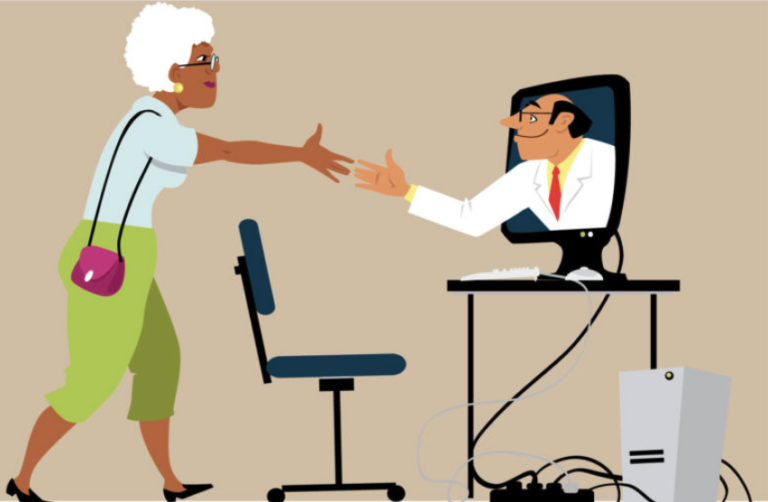How to Improve the PT Patient Discharge Process
What can really set your practice apart from any other is how you discharge your patients. Believe it or not, that can be a really crucial part of your practice. Do you even know what percentage of your patients are discharged at their appointment versus being discharged because they never return? If you don’t know the answer to that, or you have a lot of patients that fall through the cracks without realizing it for weeks, this is a MUST READ!
Typically there are 4 types of discharges:
1. The patient that did great in therapy and is now ready to be on their own with a home program. This is your ideal situation of course, but does it always happen? NO, unfortunately. These are the patients that make it all worth it. These patients bring you cookies, they love you. They return to you if other issues arise.
2. The patient that plateaued or was not getting any better with therapy. These patients can love or hate you, but we should always strive for the love! Being tactful about how you discharge these folks can make or break it. Don’t string them along visit after visit if you aren’t seeing the results that you should. The longer you drag out their therapy, the more they begin to resent you for continuing to collect their co-pays or over-use their insurance. Learn to really understand each patient’s personality; be brutally straight-forward with them on their lack of progress, or let them down gently. Changes are, it’s not really a surprise to them! If you can execute this type of patient discharge tactfully, they will love and respect you more.
3. The patient that called to let you know they aren’t coming back to therapy (i.e. they are feeling so much better, their doctor said they didn’t need to come anymore); any patient that does not come into the clinic for a “formal” discharge. The question you should ask yourself about these patients is “why did I not discharge them the last visit they were here”? Being able to read your patients and knowing whether they have emotionally checked-out or just aren’t into it anymore is super important. Keeping them for too many visits can lead to this occurring more frequently. Work on and train your staff on discharging patients at about 75-80% better. The remaining percentage should be completed at home with a home exercise program. Setting them up for success using this method is ideal if you want them to leave happy and satisfied with your services.
4. The patient that fell off the face of the earth and you never hear from them again. These are the worst types of patients to have had. It makes you second guess your treatment approach and the entire interaction with them in your office. This is a good opportunity to revisit all of your processes and procedures; everything from your paperwork, to check in and helpfulness of the front desk, to the evaluation itself. Discuss these types of patients with your staff and try to draw conclusions for why they may not have returned. I have also tried sending out surveys to these patients as well, and that helps too. Getting anonymous feedback is valuable.
Start taking a good, hard look at your patients that fall in #3 and #4 and see how you and your team can make improvements to lower these numbers. Always make sure the whole team is involved, because each patient’s care isn’t just given by the therapist, everyone is involved all the time! Please give your feedbaack on how you elimiate the “bad” discharges!!
{{cta(‘5ff4c278-0ba6-49ca-bac0-9e7521d954f7’)}}





